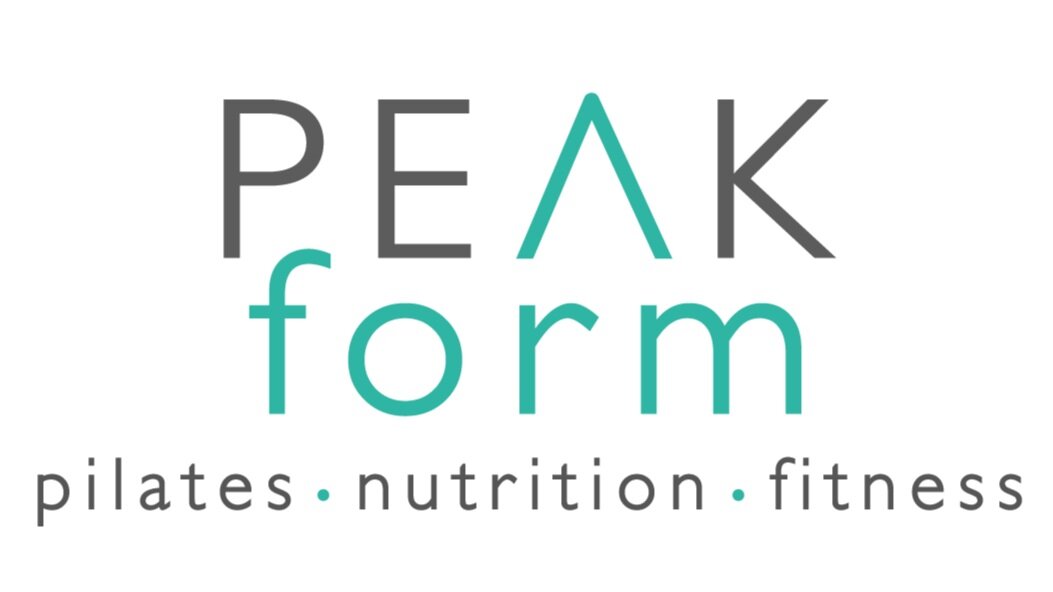What is Pilates?
A brief history of Pilates
Pilates is based on the original ideas of Joseph Pilates, it was originally called “contrology”. Joseph Pilates was born in Düsseldorf, Germany in 1883. He moved to England in 1912 where he taught fitness and martial arts during World War 1. He returned to Germany in 1919 to work with Rudolph Van Laban who introduced him to dance. In 1926 Jospeh Pilates moved to New York, United States, where he met his wife Clara. Together they opened their studio on 8th Avenue, just around the corner from the New York School of Ballet.
Here dancers came to Pilates for advice on conditioning exercises and techniques to over come their dancing injuries. Pilates believed that his work was 50 years ahead of its time and could see that modern lifestyle issues of poor posture and inefficient breathing patterns were and factors that impaired peoples health. He believed that his approach was the right balance between physical intervention and mental training. His Contrology Programme aimed to develop the complete co-ordination of mind, body and spirit to promote muscular power, suppleness, good posture and endurance, which helped his clients alleviate their symptoms of pain, focussing on the conscious elements of movement whilst relaxing non active muscles, therefore alleviating unnecessary muscle tension.
The original Pilates exercises aimed to develop the complete co-ordination of mind, body and spirit to promote suppleness, muscular power, endurance and good posture, emphasising the conscious element of movement and focused on the relaxation of non-active muscles, alleviating any unnecessary muscle tension. This has evolved into exercises focusing on postural symmetry, breath control, abdominal strength, spine, pelvis and shoulder stabilisation, muscle flexibility, joint mobility and strengthening through the complete range of motion of all joints. This evolution is partly because of advances in knowledge, specifically anatomy, physiology, kinesiology and biomechanics, and also because Joseph Pilates neglected to publish information about his method.
The 6 Fundamental Principals of the original Pilates method remain true to this day, they are:
1) Breathing
2) Concentration
3) Control
4) Centring
5) Precision
6) Flow
Over the years Joseph Pilates work has evolved into a more contemporary and scientifically sound approach to exercise and training. He educated a select number of his students through his apprenticeships, who went on to teach and apply the Pilates method in their own schools each applying the work of Joseph Pilates in their own unique way. All applying the same Pilates philosophy that control of the mind is necessary for control of the body, and that any exercise that is performed without careful control and attention to both would be comparable to only performing half an exercise.

